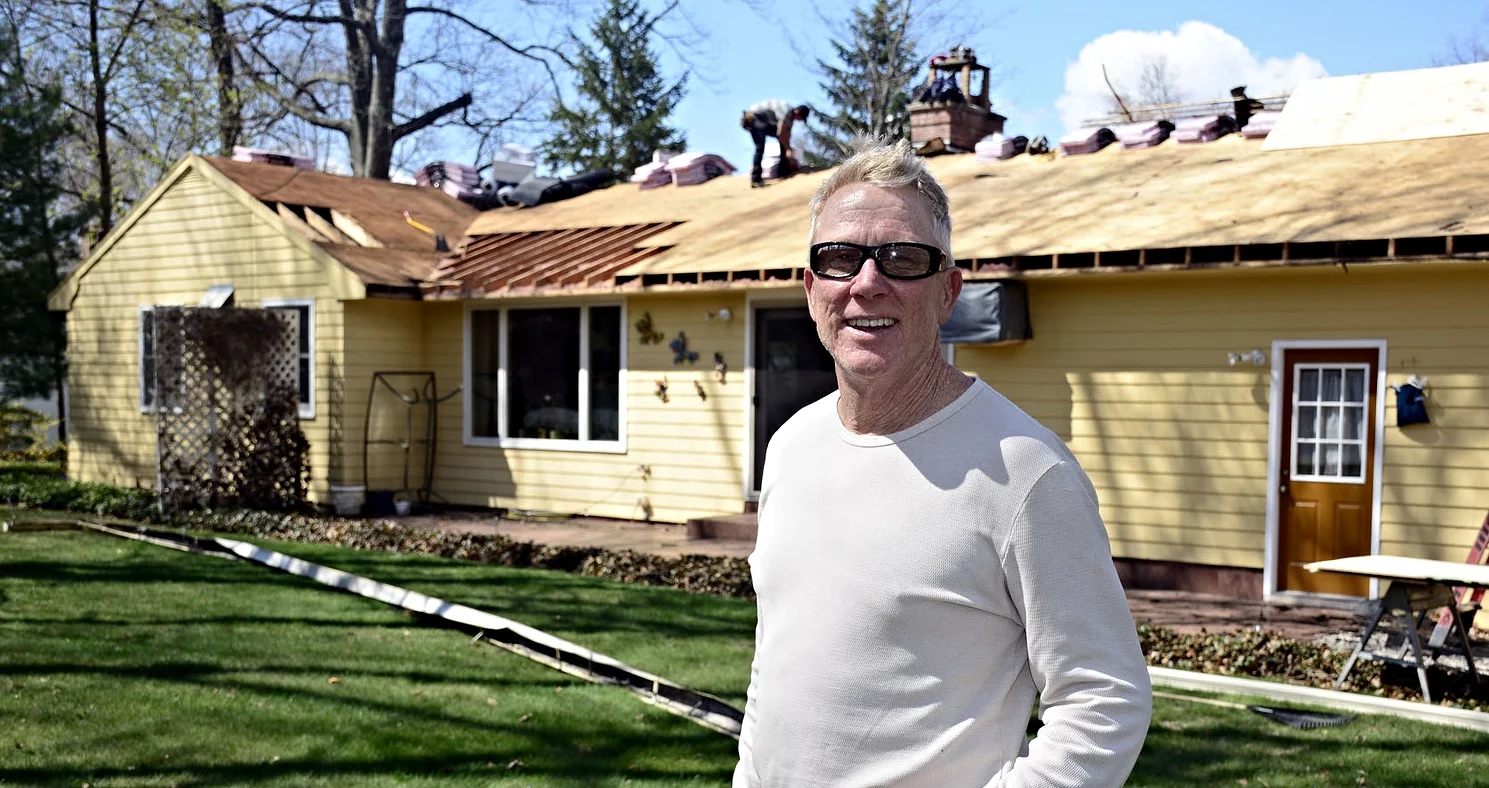Thinking of Building a Tiny House? Here’s What You Need To Know
Chelsea O'Donnell
Tiny houses have exploded in recent years with more and more people ditching expensive mortgages and time-consuming maintenance in favor of downsized dwellings. In addition to being cost-effective, tiny house living has a lot of interesting perks that make it a fun option for home ownership on a budget. Interested in learning more? Here are a few things you need to know before taking the plunge.
Let’s start with some stats. A tiny house is usually between 100 and 400 square feet, which will be a huge adjustment considering that the average American house size is 2,500 square feet. To put the size of a tiny house into perspective, you could fit 144 of them inside a football field. That’s a lot of houses in a little space!
If you think tiny homes are for millennials, you’re in the dark. In fact, two out of five tiny house owners are over 50 years old, making them a smart choice for both the young and adventurous and people looking to downsize and have less to worry about in retirement.
The average tiny house on wheels costs about $50,000 to build, while a house on a foundation can cost upwards of $110,000 or more depending on the bells and whistles. From an investment perspective, realtor.com reports that homes less than 500 square feet are appreciating twice as fast as the overall market (19% vs. 9%).
Speaking of money, it seems tiny house owners are more financially comfortable too. It is reported that 89% of tiny home dwellers have less credit card debt than the average American and 60% of have no credit card debt at all. Tiny house owners have are even reported to have 55% more savings in the bank than the average homeowner.
So where do you start? Interestingly enough, an Austin, Texas-based construction company called Icon just unveiled the first-ever 3-D printed home in the U.S.. The 350-square foot home took just 48 hours to print and cost about $10,000 to create, though the company estimates that it will be printing 600 to 800 square foot houses for around $4,000 and will begin taking orders nationally in 2020.
If this new technology is a bit too hot off the presses for you, there are tons of more traditional options to consider, many of which use traditional building methods and materials on a smaller scale. Locally, Craft and Sprout is a Greenwich, Connecticut-based tiny house company with 20 years of experience in custom building. B&B Tiny Homes in North Adams, Massachusetts is another local builder that specializes in traditional and modern tiny homes with a truckload of customization options. Finally, I’d suggest taking a look at Wind River Tiny Homes for beautiful, unique designs. They are a bit further afield in Chattanooga, Tennesee, but their craftsmanship is hard to beat.
Have you thought about tiny home living? Do you have a local builder that you recommend? I’d love to hear from you, send me a message on Facebook at facebook.com/odonnellbros.
Bob O'Donnell is the owner of O'Donnell Bros, Inc., a Bristol-based home improvement company established in 1975. Email your questions for Bob to info@odonnellbros.com with the subject line “Ask the Pro”. All questions may be considered for publication. To contact Bob for your remodeling needs, call O'Donnell Bros, Inc. at (860) 589-5155 or visit www.odonnellbros.com. Advice is for guidance only.
